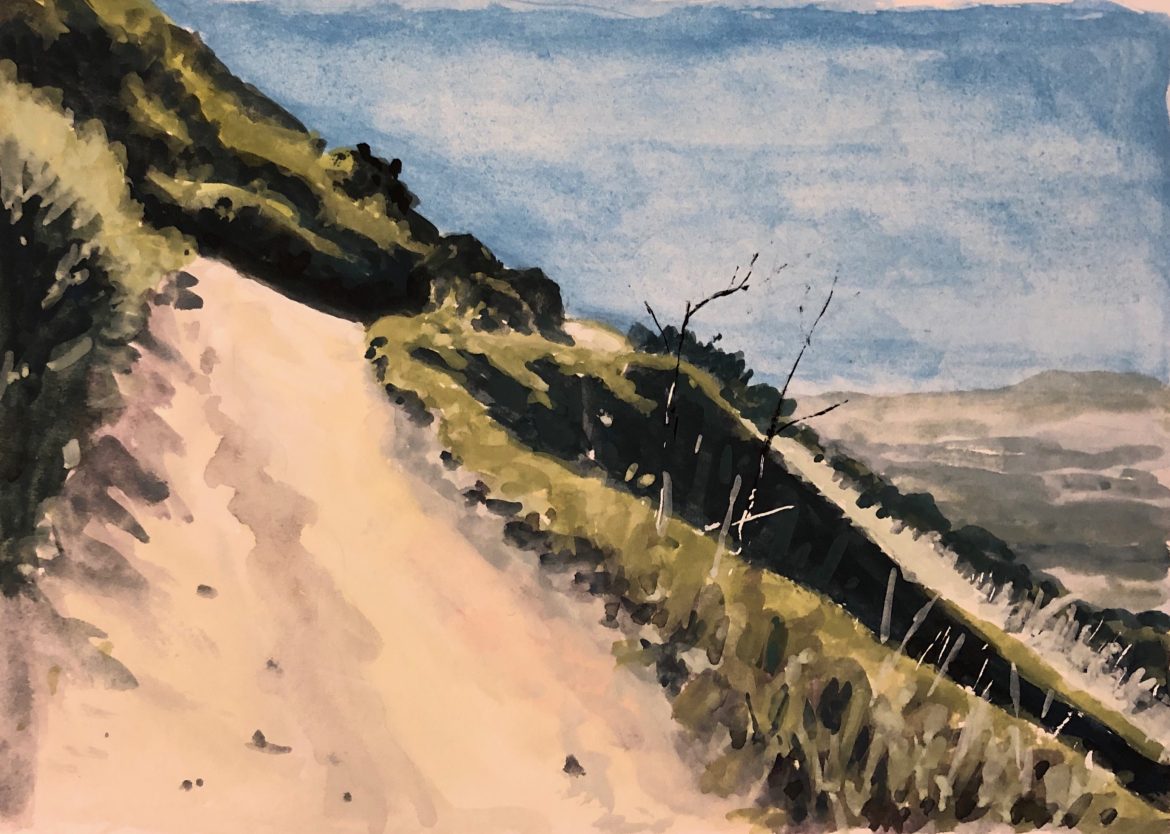
In my little corner of Orange County, California, a microcosm of the mountain biking world, lies a trail called Santiago Truck Trail. It is a humble trail, consisting mainly of a steady climb used by hikers and bikers to access the Santa Ana mountains on the eastern border of the county. For mountain bikers, it is the only access point to one of the most iconic, popular downhill runs in the area, The Luge. For this reason, the Santiago Truck Trail is used thousands of times a year, and most local riders, myself included, know every inch of the trail. Case in point: the Strava segment for a 3.5 mile section of the trail has registered over 13,200 riders since 2010.
I was in dismay when I heard the trail was “destroyed,” shortly after the 2020 Bond Fire in nearby Silverado Canyon. I later got clarification it was not destroyed, rather it was widened and graded to provide a fire break and fire-fighting access. As soon as the area reopened, I went for a ride. And I almost cried. The beautiful, winding singletrack, with its tricky little sections, fun downhill segments, and tough climbs, was gone. Devastated, I traversed the wide, boring fire road up until I reached a new moto gate. Beyond the gate, the trail was largely the same as before. Also, thankfully, the Luge was intact.
Throughout 2021, as I continued to use Santiago Truck Trail, there was a little ache in my heart as I remembered the old singletrack. However, I also began to feel like I might be missing something. It felt selfish of me to only consider how I, as a rider, felt about this one section of trail. Shouldn’t I be looking at the big picture; at the greater public need for safety during a time of epic, destructive fire seasons? I decided to educate myself. And boy was I in for a re-adjustment of attitude.
According to John Gump, an OC Parks Operations Manager (and avid mountain biker), the trail actually lies in two different jurisdictions, with the first part being on county land and managed by OC Parks, and the second part being on Cleveland National Forest land and managed by the U.S. Forest Service. I also spoke with volunteer Jason Bennett, who does extensive trail work for the Forest Service, OC Parks, and the Laguna Canyon Foundation. To the best of his knowledge, the Santiago Truck Trail originated from fire roads. Not only that, the county-owned section used to be owned by a winery, and was eventually purchased by the county to ensure access to the forest for mountain bikers.

The trail has evolved significantly over time in response to fires, rains, and human effort, and was even completely closed for almost two years following a fire in 2007. I spoke with county officials, Forest Service officials, members of the SHARE Mountain Bike Club, and volunteers, who by and large do the maintenance on the trail, with the exception of heavy equipment grading and widening.
In general, the consensus was that the county-owned section of trail — the part widened and graded in response to the 2020 fire — will continue to be maintained as a fire break to protect existing and future homes. However, there was no consensus on how often that might occur, leaving open the possibility that trail volunteers may be able to work with Mother Nature on restoring the trail back to glorious singletrack. That is, until the next fire.
As I digested all I had learned, I realized how I’d been riding my bike with hypothetical blinders on. There is so much history and evolution behind these trail systems that I take for granted. Unfortunately, trail evolution can also involve politics and charged emotion, particularly when it comes to fire damage and climate change. Mountain bike trails, by their very nature, are man-made alterations to the natural landscape, and as a result can never be expected to remain the same. Living in California, it is not a matter of if a particular trail will be affected by fire, but when. CalFire reports 2020 was the largest fire season in modern California history, and in January 2021 alone, more than three times the fires burned than the 5-year-average for the month.
As riders, we should be aware there is a constant flux between shaping and maintaining the trails for our personal enjoyment, letting nature have her way, and serving the interests of public safety.
“It is important to remember that many (certainly not all) singletrack trails were service or recreation roads first before growing back to singletracks,” Gump said, “so before we curse the roads let’s remember that without them, we wouldn’t have some of our most prized singletracks.”
My takeaway from my Santiago Truck Trail experience is to step back a moment before reacting with dismay or anger at the state of a trail I love. When I ride it now, there is still admittedly a little melancholy as I remember how it used to be. As I ride a smooth section or a gentle curve, I think, “gee, this is where that fun little rocky rut used to be,” or “oh man, this is where that sketchy off-camber bit was.”
I am not angry about it. I’ve accepted there is a history to each trail, a natural and man-made evolution, which is what makes riding trails so dynamic and fun. Plus, as a friend pointed out, the wide path makes it easier for friends to ride alongside one another.
I’ve also learned there is a strong likelihood that there are forces at work behind the scenes of each trail, such as amazing volunteers who may be awaiting the next rain before doing some trail work, or the fire department protecting homes from future fires. I’ve found getting educated about my local trails will make me a better advocate for their preservation, while also acknowledging they will, inevitably, evolve.


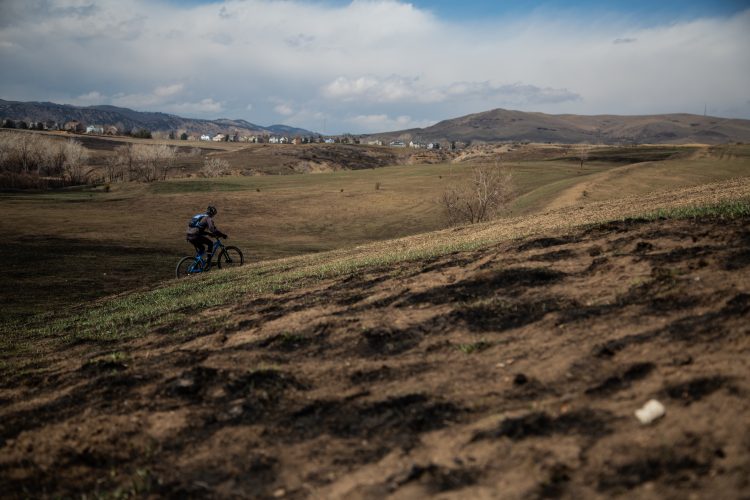
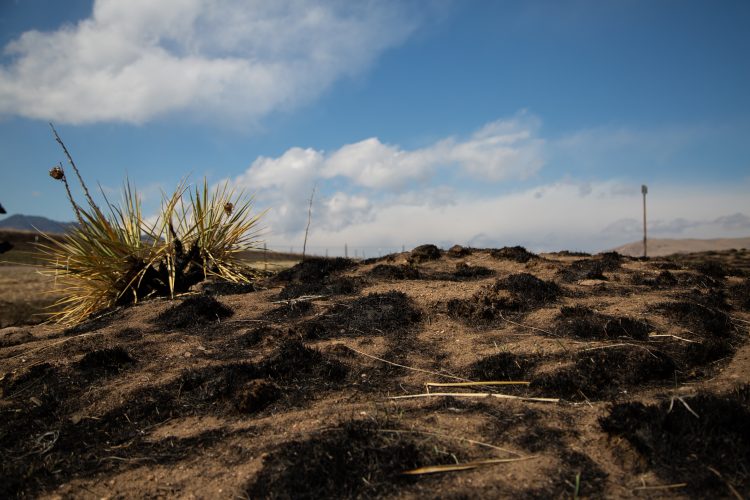

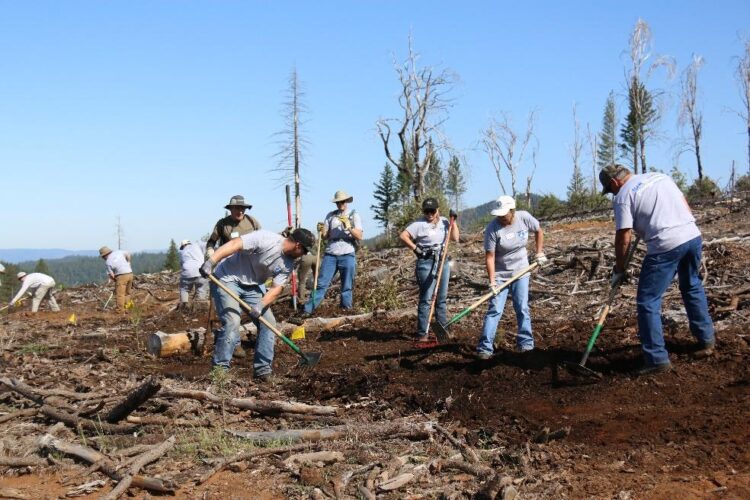
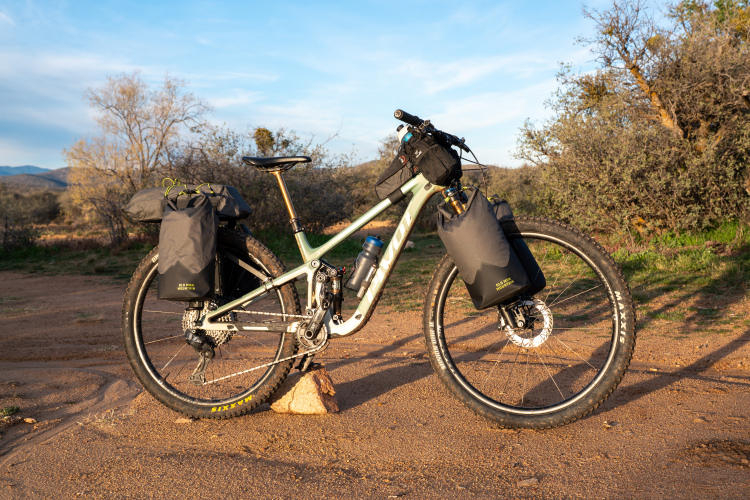
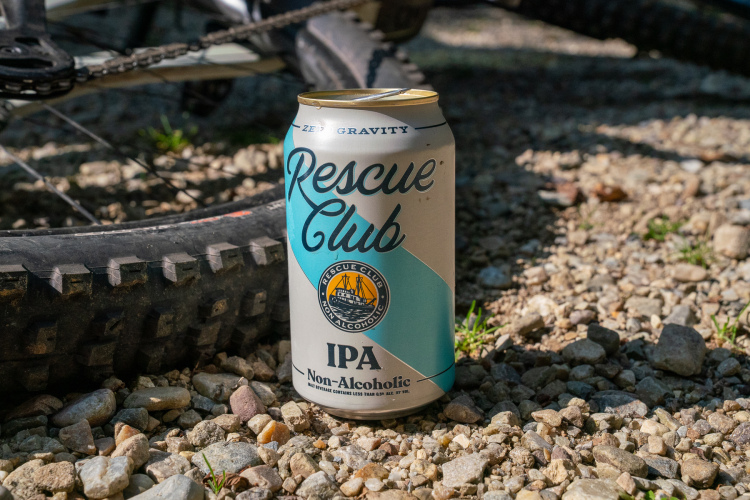
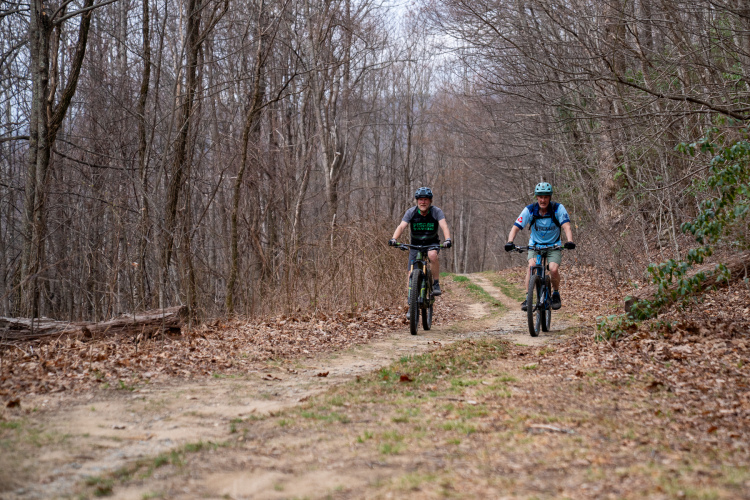

5 Comments
Feb 11, 2022
There is always a twinge when I ride, or don't get to ride, a trail that meant a lot to me. Whether it is logging, fire or designated wilderness that changes the landscape, I think it's ok to miss what used to be. As you stated, adaptation is always inevitable when dealing with nature.
Feb 9, 2022
Just finished a ride in Florida and we traversed a lot of fire breaks, where one side of the break was literally smoldering from ongoing/recent prescribed burns. Fresh fire breaks, especially in Florida, are sandy and loose so not great for riding but it's better than bushwacking for sure. :)
Feb 13, 2022
Feb 9, 2022
Like you say in the article, maybe volunteers are waiting for the rain to shape some features into the trail. That is exactly what we do. I love the Luge Trail when I do ride in that neck of the woods. Thanks for the article.
Feb 13, 2022